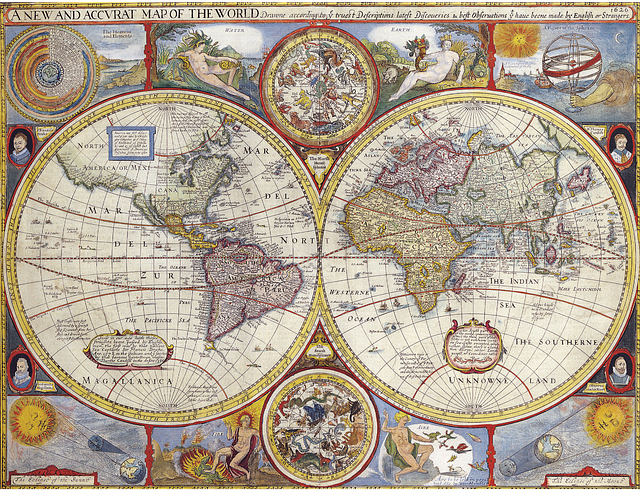By the time Shaohua Yu erected his stand at around 10 a.m., Chinatown was already bustling. Tourists were wandering around the stalls along Canal Street, where Chinese peddlers and recent immigrants from Africa were selling the same fake Louis Vuitton and Gucci products. Behind Mr. Yu, the New Kam Man supermarket had just rolled up its steel curtain. A row of roasted ducks hung in the window facing him.
Mr. Yu, 61, has occupied a spot between Mulberry and Mott Streets almost every day for more than 20 years, and he has seen enough to know that hustle can no longer promise prosperity to immigrants working in Chinatown.
The changes in his stand are proof.
For years, Mr. Yu was known and celebrated for traditional handcrafted sculptures: elephants, flamingos, butterflies and the like, all made from intricately folded palm leaves. Now he often doesn’t bother to even display them. His stall was almost indistinguishable from any other vendor’s: plastic bracelets for $1 each; knit caps for $5.
From the moment he arrived in New York from Wuhan, China, in 1999, Mr. Yu was unique. There were throngs of street artists selling calligraphy and portraits, but he was the only one in all of New York City, as far as he could tell, to deal exclusively in a distinctive Chinese-style palm-leaf weaving, a tradition that dates back at least 1,700 years.
Every night in his Chinatown bedroom, he would painstakingly cut, weave and coax palm leaves into frogs, cranes, reindeer. A simple frog would sell for $5, but for a complex figure, like a dragon, he would charge as much as $35.
Thank you for your patience while we verify access. If you are in Reader mode please exit and log into your Times account, or subscribe for all of The Times.
Thank you for your patience while we verify access.
Already a subscriber? Log in.
Want all of The Times? Subscribe.

